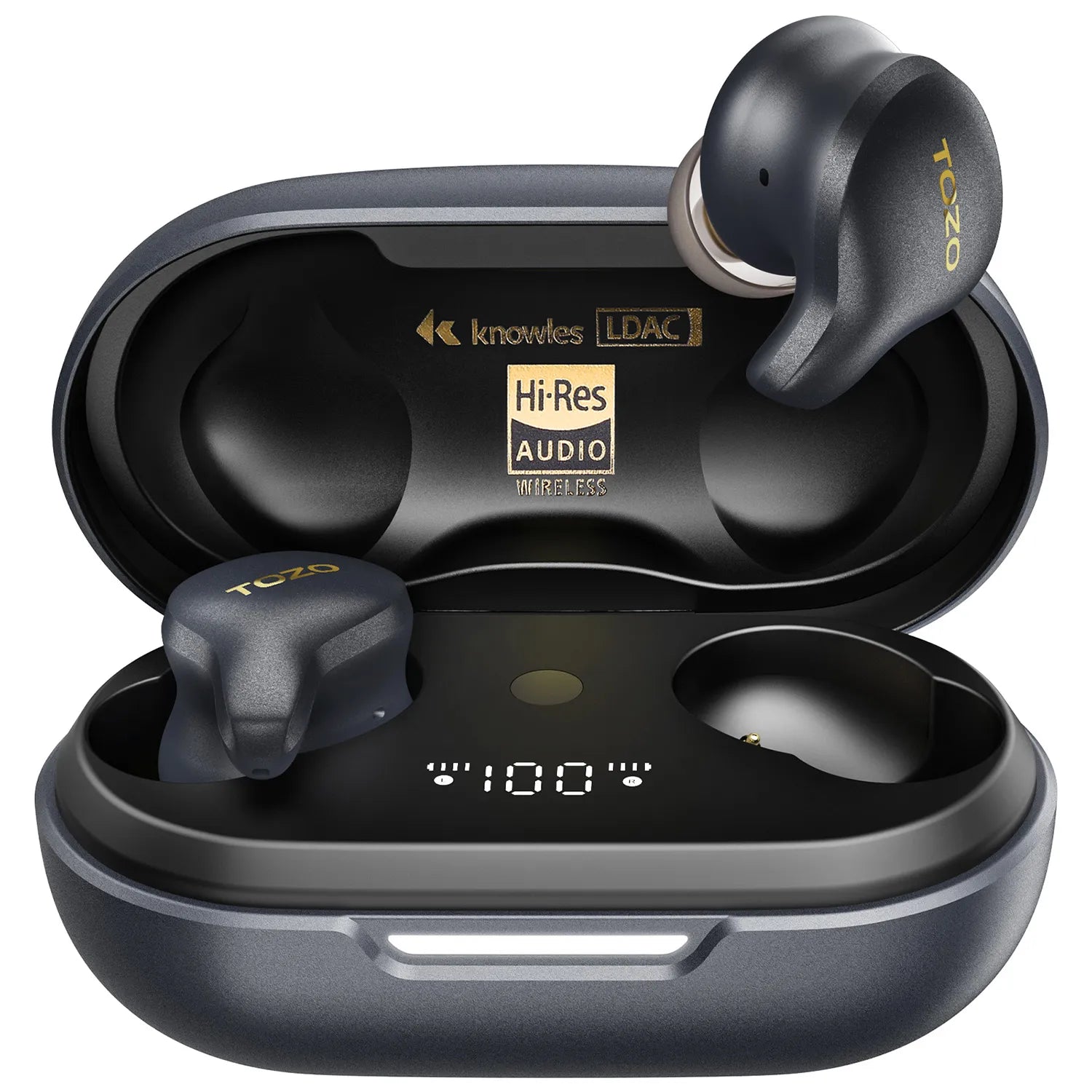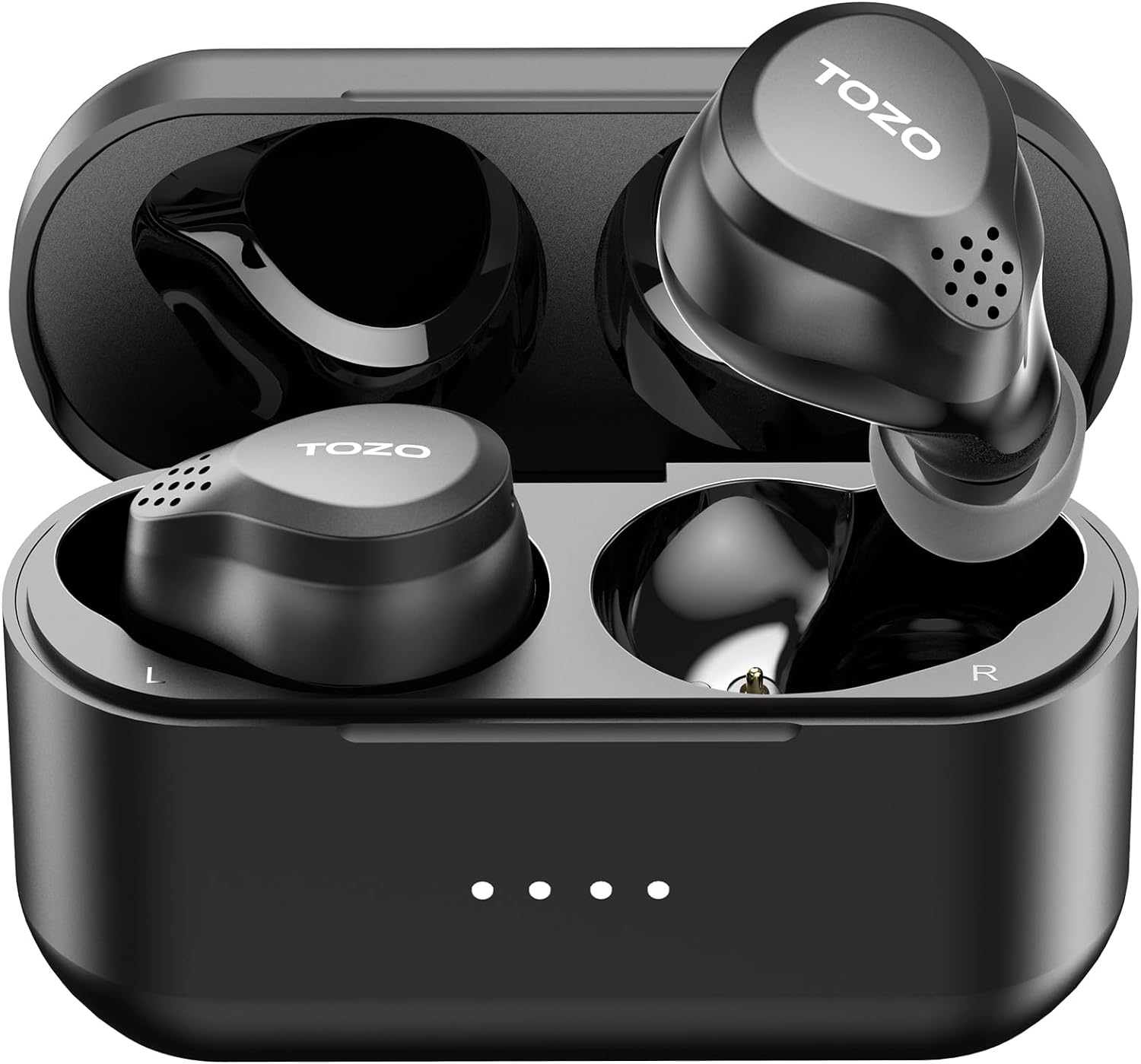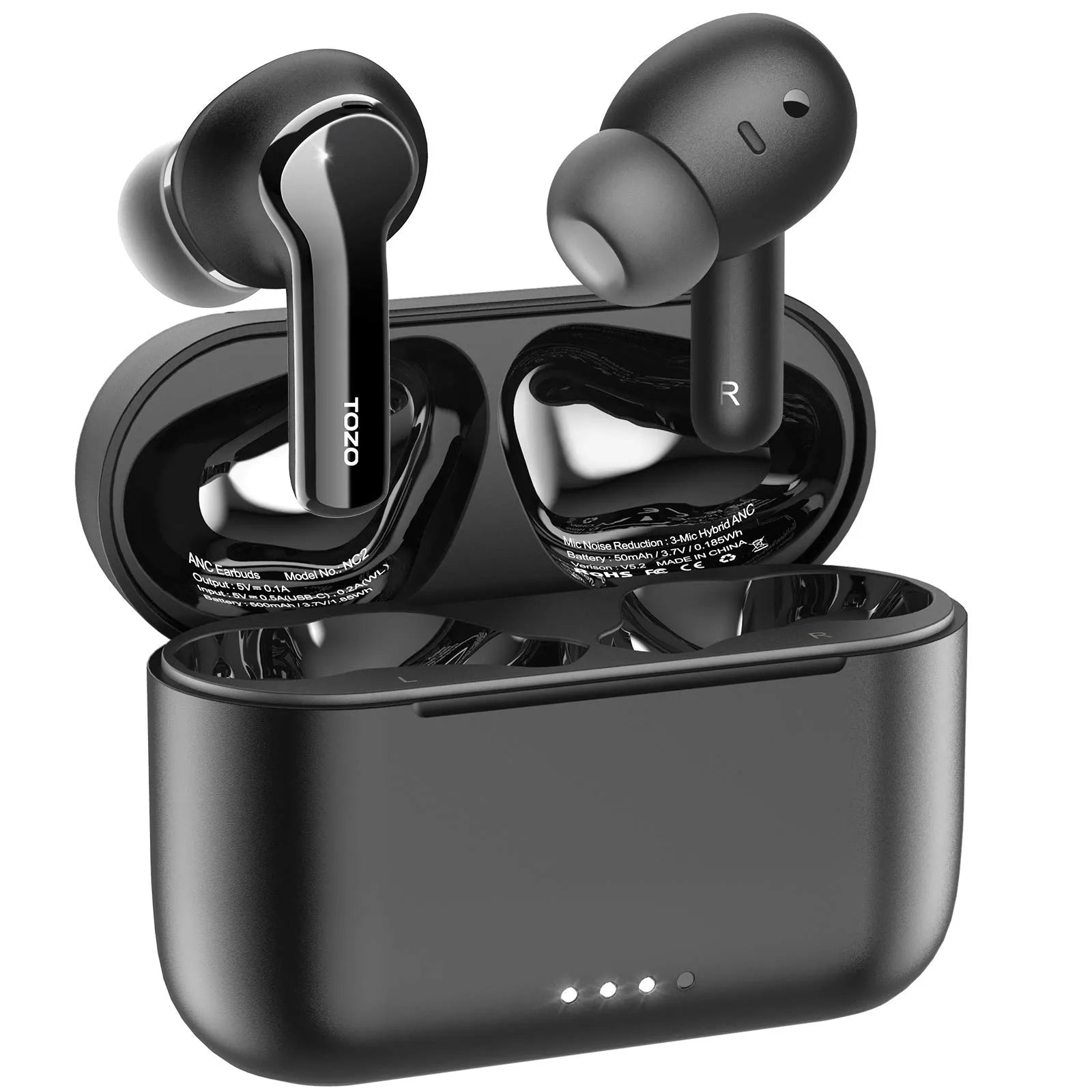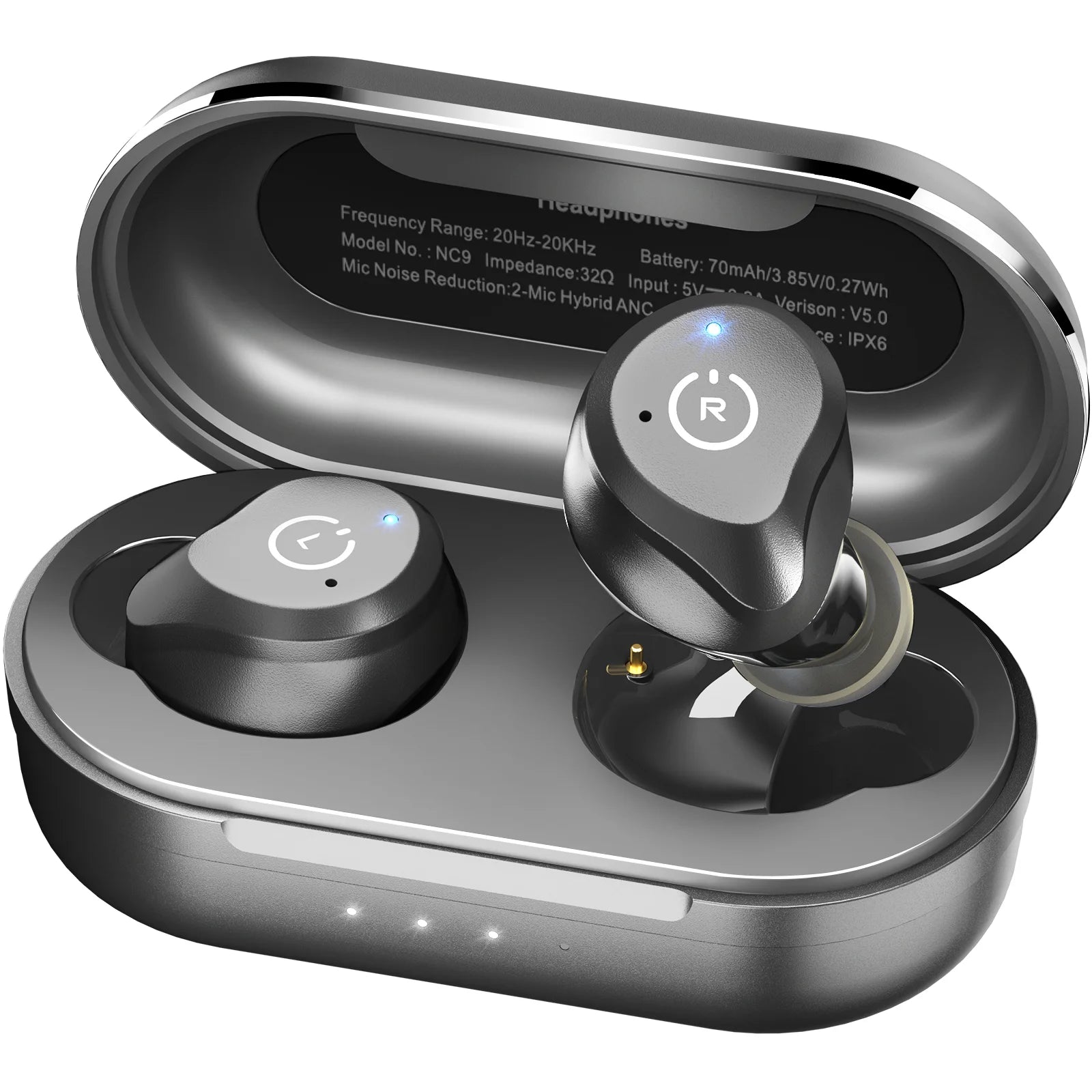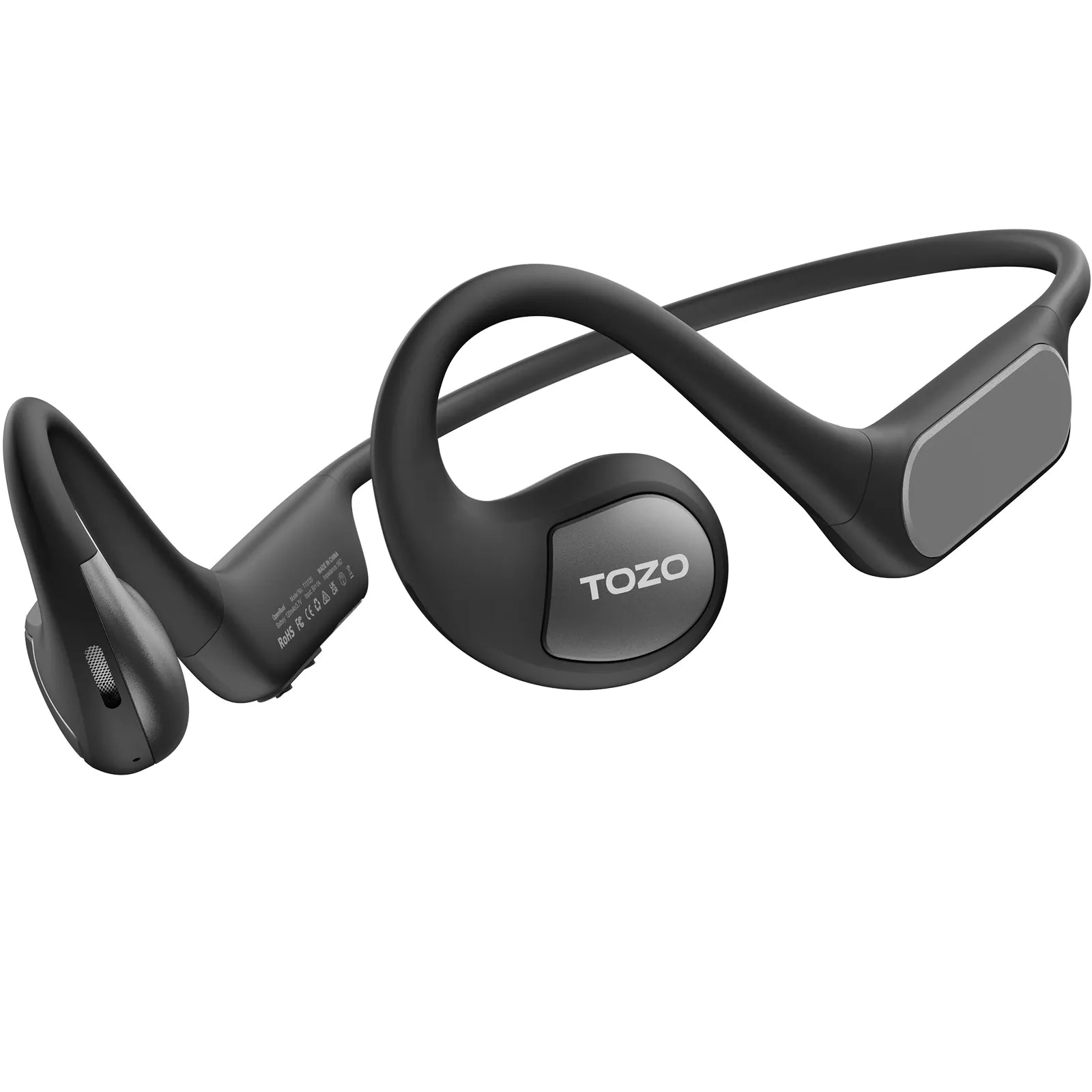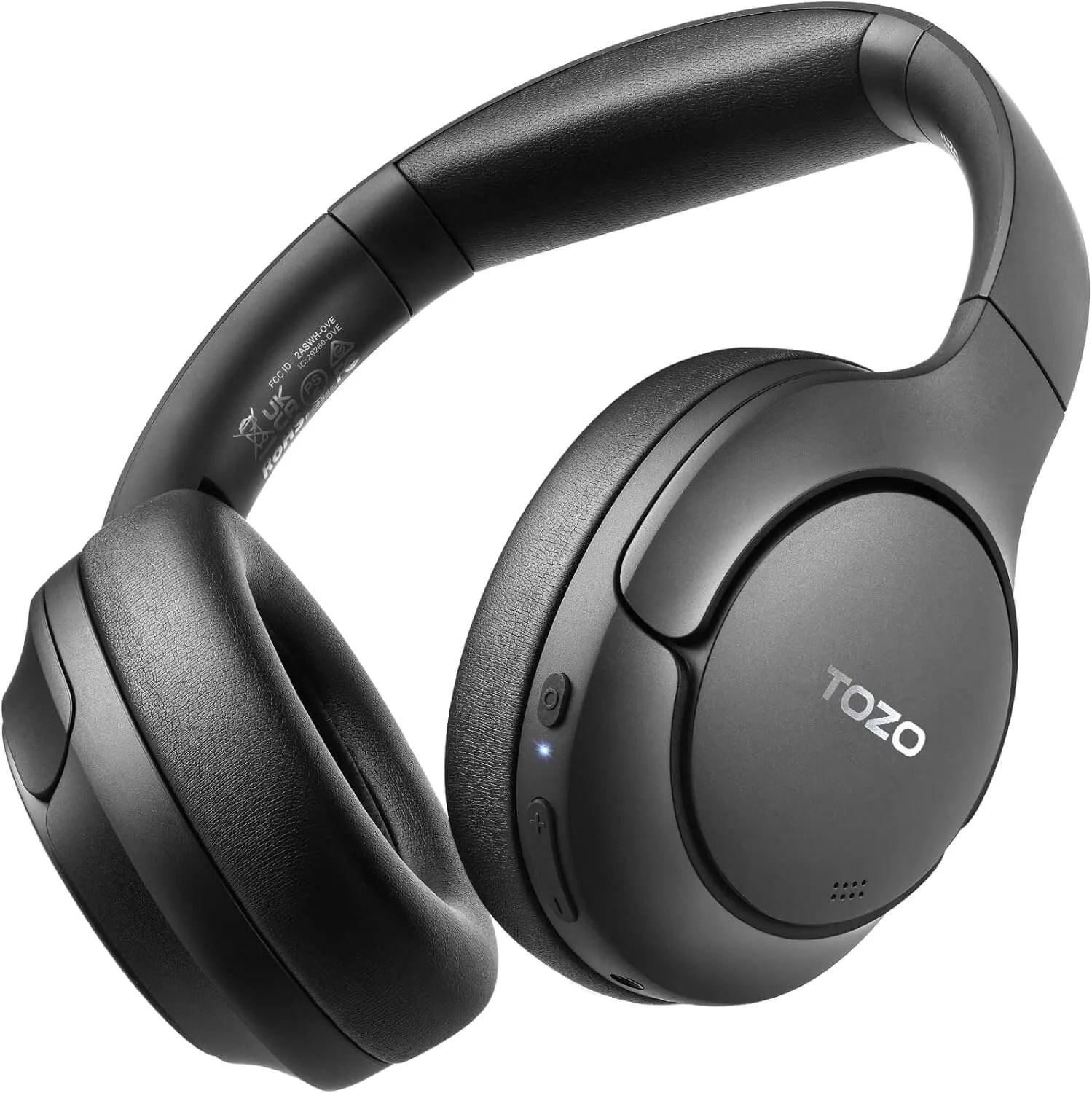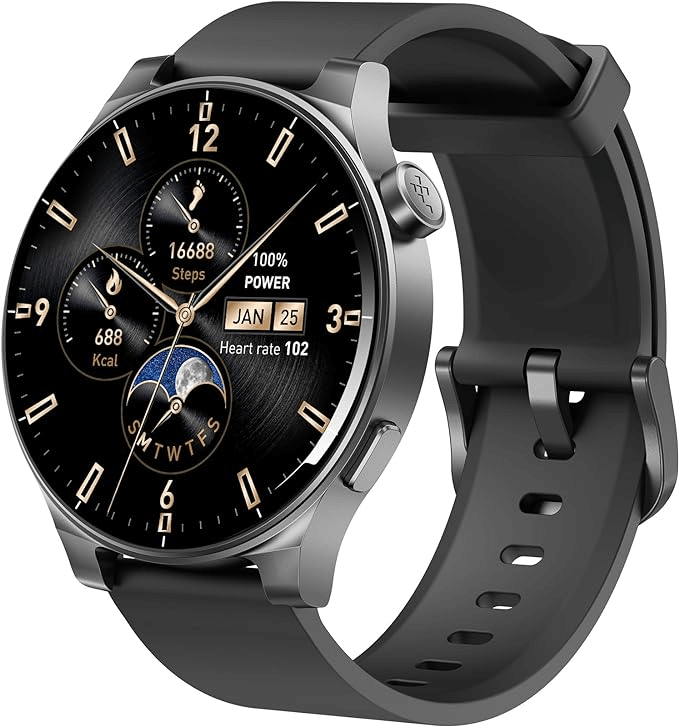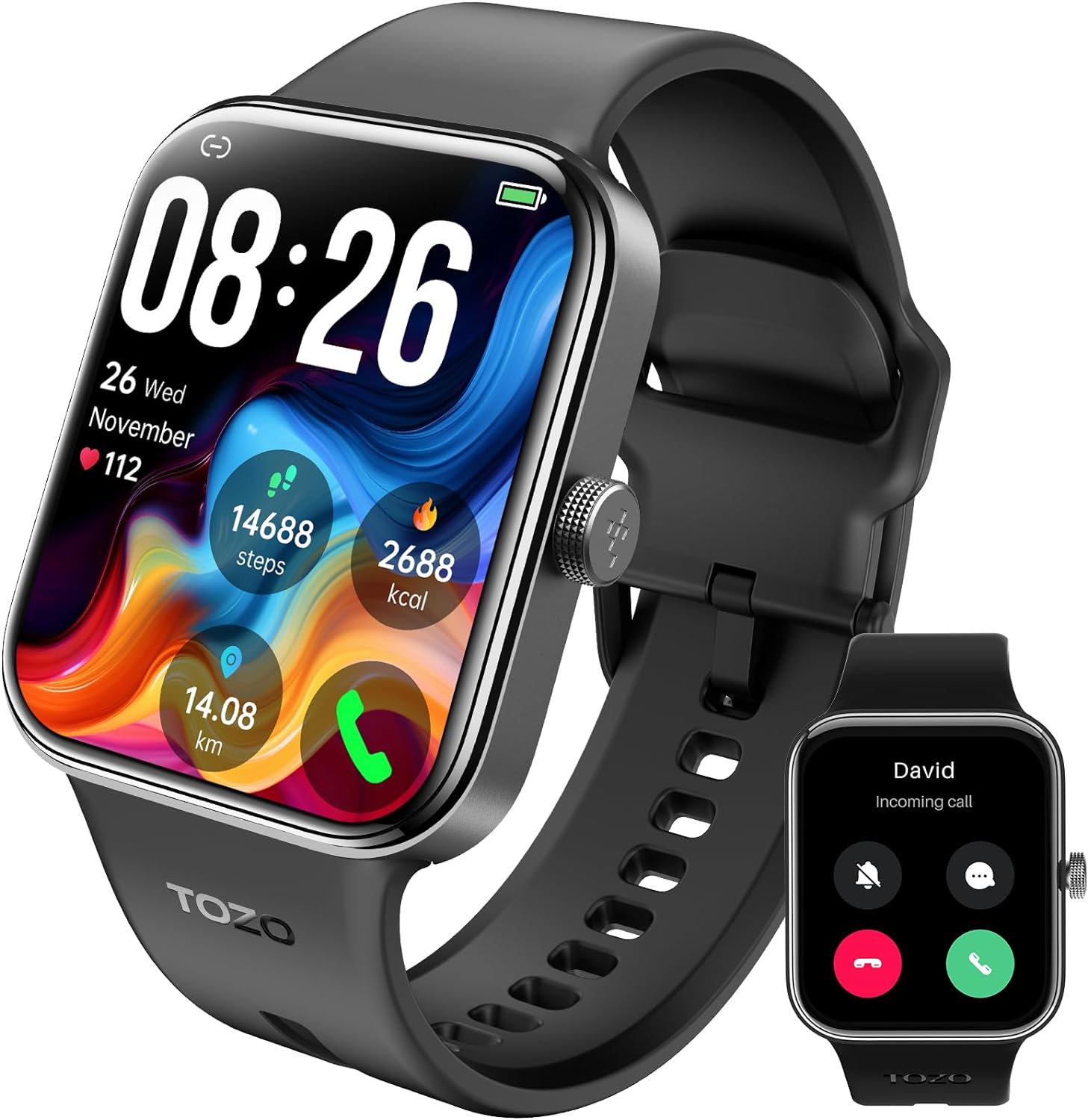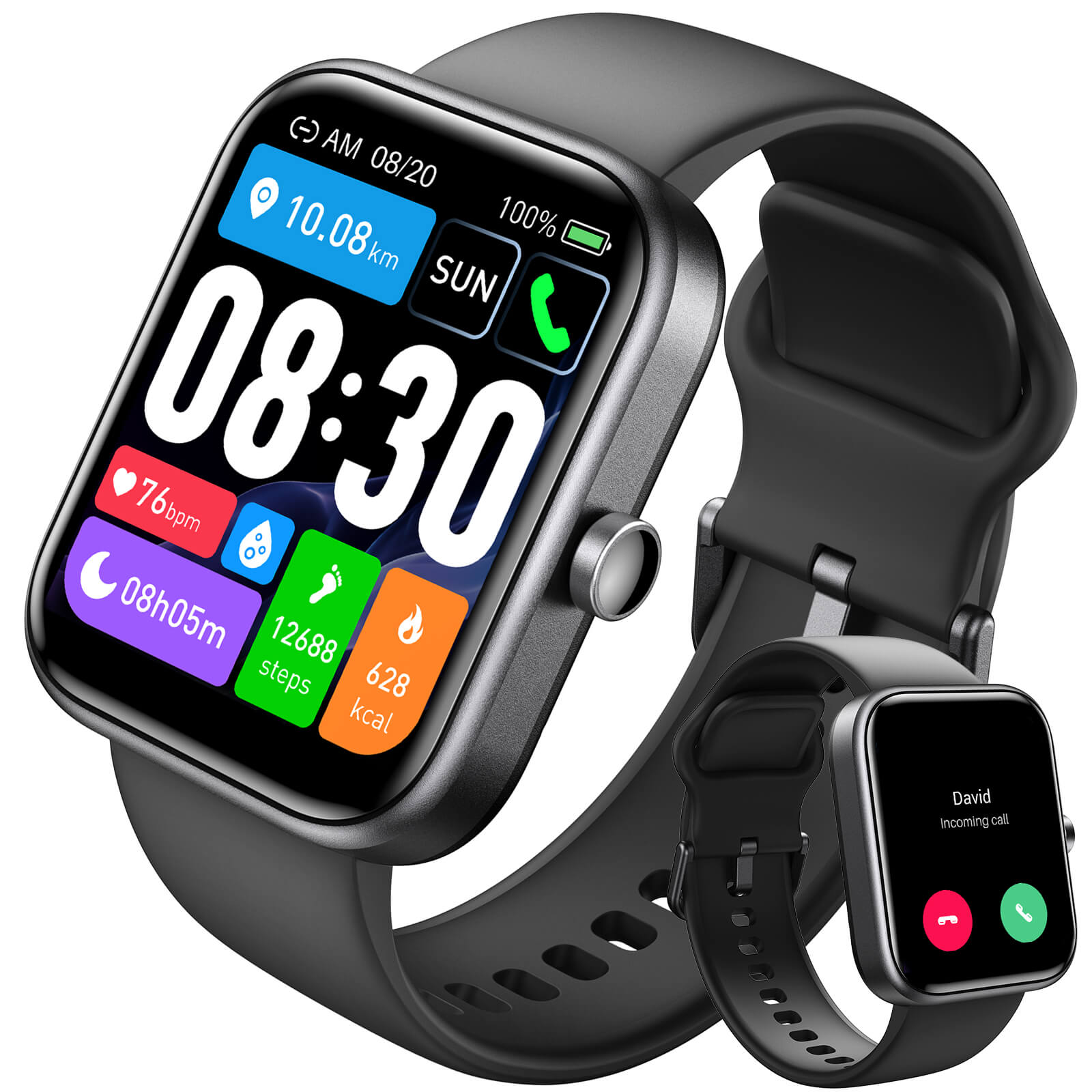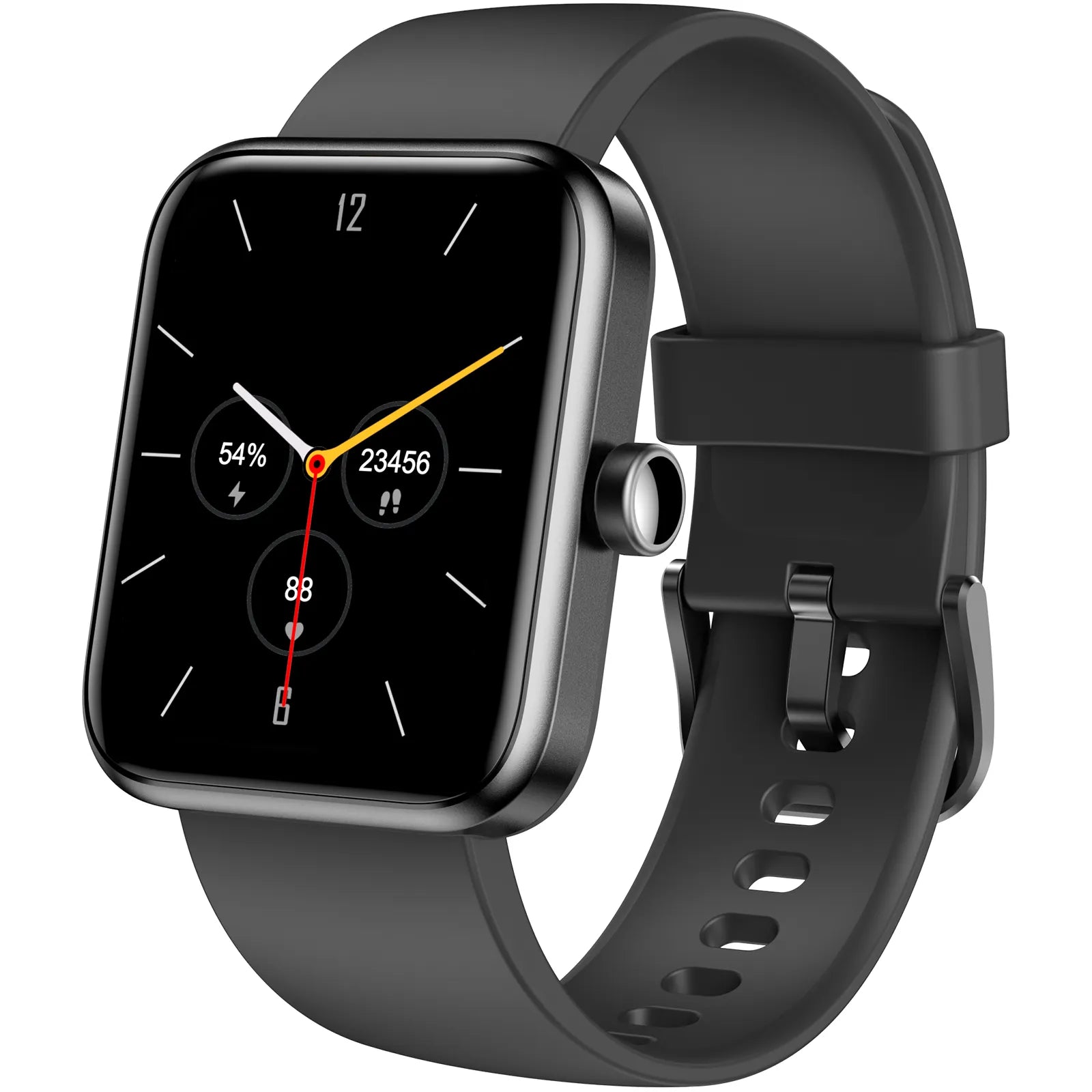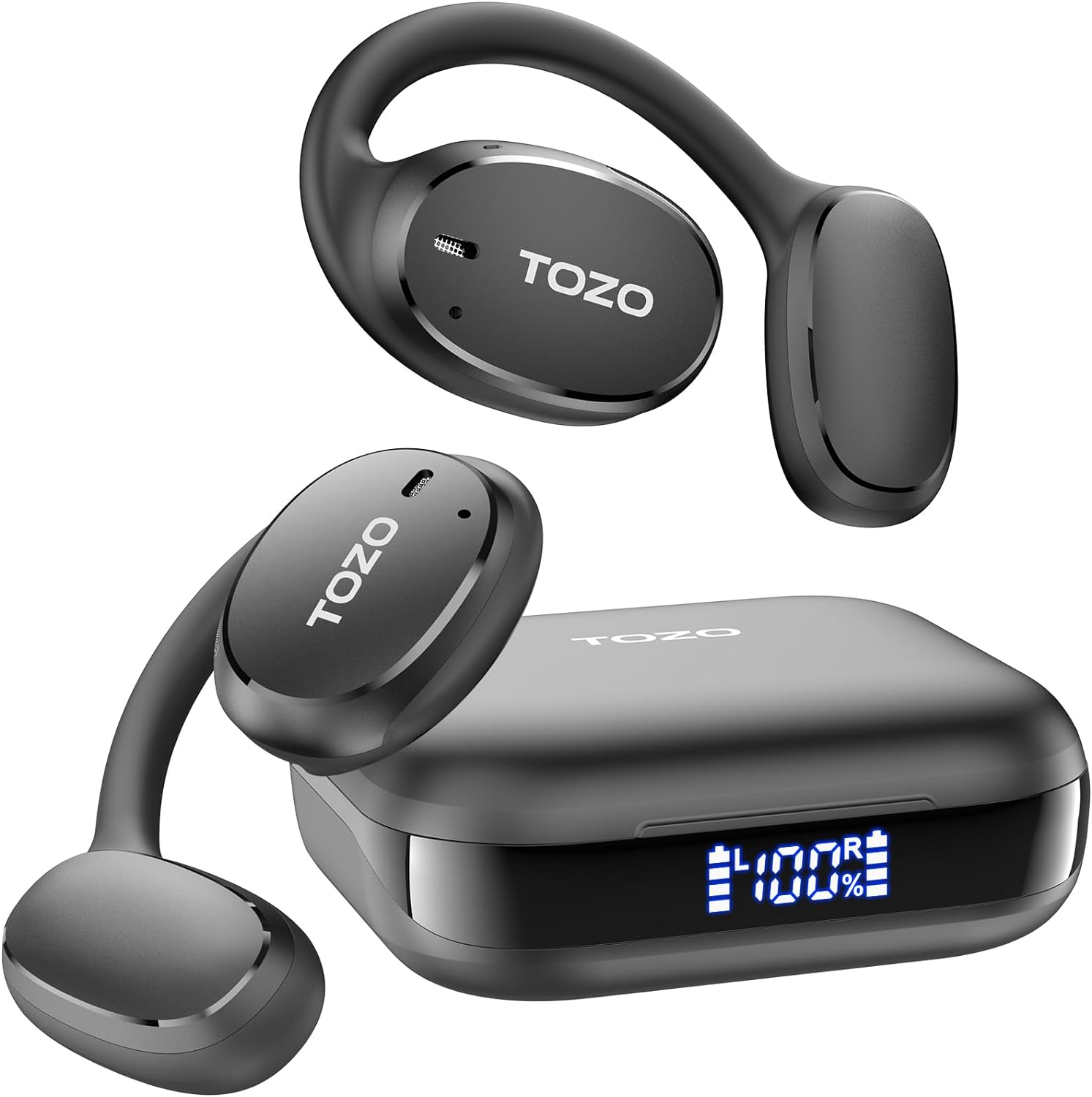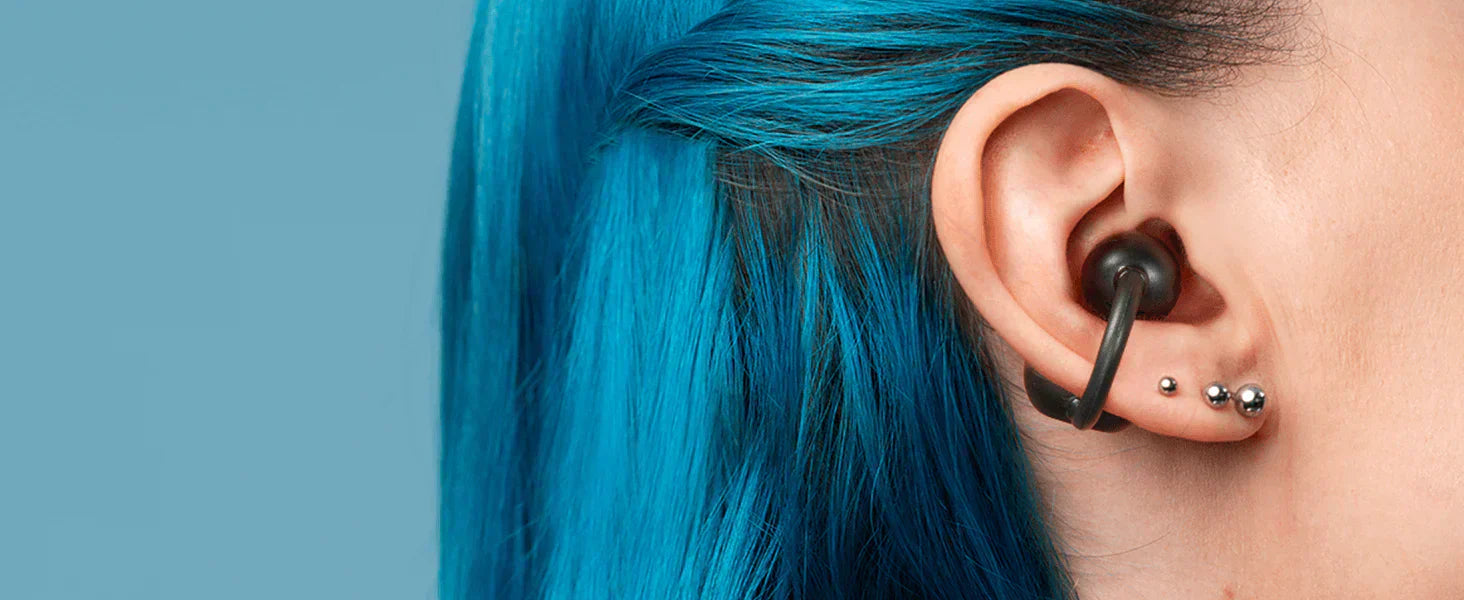Earbuds and headphones are popular devices that help you create your own private, portable space to listen to music, podcasts, and more. Though both options deliver sound to your ears, understanding how the technologies differ can help you choose the type of equipment that’s best for you.
What Are Headphones?
Headphones are a set of miniature loudspeakers that are designed to project sound waves into a user's ears. The speakers are housed in padded cups that sit on the outside of each ear. A band that encircles the top of the head holds the cups in place. Different headphone models can provide a variety of levels of audio quality, and some can reproduce sound with high fidelity.

Key Features of Headphones
- Over-the-ear fit
- Padded earpieces
- Relatively large drivers that provide a wide, expansive soundstage
- Durable construction that users can wear for hours at a time
- Active and/or passive noise cancellation
Headphones first became widely available in the 1980s. Today, people commonly wear headphones at the office, in libraries, at the gym, on public transit, and in many other places. They allow people to enjoy their favorite audio programming without disturbing others.
Types of Headphones
Over-Ear Headphones
Over-ear headphones have large ear cups that fully surround and cover the ears. They are usually padded, comfortable, and easy to wear, but they can also be large and bulky.
On-Ear Headphones
On-ear headphones are typically smaller and more compact than over-ear headphones. Their ear cups sit directly on the outside of a person’s ears, so they tend to block less noise and leak more sound than other types of headphones.
What Are Earbuds?
Earbuds are small, portable speaker systems that fit into the ear canal and drive sound waves directly into your ears. Their compact size makes them extremely portable and convenient. Some earbuds use thin cables and a plug to connect to your device, but most earbuds are battery-powered and wireless models that use a Bluetooth protocol to deliver sound to your ears.
Key Features of Earbuds
- Wireless charging via their portable charging case
- Lightweight construction
- Small drivers that provide excellent sound quality at close range
- Flexible, interchangeable ear tips that provide a personalized, comfortable fit
- Built-in microphones for making and taking calls (some models)
- Multipoint connection capability (some models)
- Water-resistant (some models)
- Active and/or passive noise cancellation
Types of Earbuds
In-Ear Earbuds
In-ear earbuds are packaged with interchangeable, flexible silicone ear tips. Each tip fits inside your ear canal and seals it off from the environment. In-ear earbuds provide passive noise canceling by blocking ambient noise. The silicone tips also help the earbuds provide a better bass response by delivering low frequencies directly into the ear without leaking sound.
Semi-in-Ear Earbuds
Semi-in-ear earbuds are made from hard plastic. They sit just inside the opening of your ear canal. Semi-in-ear earbuds don't seal out ambient noise, and they have a less pronounced bass response.
Open-Ear Earbuds
Open-ear earbuds, also called bone conduction or air conduction earbuds, sit outside the ear canal and bypass the eardrum to transmit sound vibrations into the bones of your head. This allows users to hear ambient noise and may also enhance their awareness of their surroundings. They are not ideal for people who want to isolate themselves from outside noise or experience immersive audio.

Earbuds vs. Headphones
Earbuds and headphones have physical differences that can affect how users experience sound. Headphones may provide a more complete and multi-dimensional auditory experience than earbuds because they surround the ear with sound waves while blocking out ambient noise. Earbuds can provide a more direct experience of sound and provide high-quality audio reproduction in a smaller, lighter-weight package.
Key Differences between Headphones and Earbuds
Headphones are relatively large pieces of audio equipment that are visible to all, while earbuds are small enough to rest discreetly inside your ears. Your lifestyle, environment, and listening preferences can influence which type of device will suit you best.
Benefits of Headphones
- Provides the biggest, most immersive soundstage
- Large drivers (40 mm to 50 mm) for complete audio reproduction
- Comfortable to wear for long hours
- Active noise cancellation to block out ambient sound
Benefits of Earbuds
- Portable, compact, and lightweight
- The charging case allows for on-the-go charging
- Small drivers (7 mm to 15 mm) provide high-quality, close-range sound
- Customizable fit with interchangeable ear tips
- Discreet and modern design
- Secure fit for activities like running
- Water-resistant or waterproof options
Factors to Consider Between Headphones and Earbuds
When choosing between a pair of headphones or earbuds for daily listening, there are several things to consider. Your lifestyle and usage requirements certainly influence your decision. If you’re looking for a comfortable, portable device that can provide great sound quality and noise canceling at an economical price point, earbuds may be the right choice for you.
Headphones and Earbuds Are a Great Way to Experience Sound on the Go
If you’ve ever wanted to enjoy music, radio programming, podcasts, or other audio entertainment anywhere, headphones and earbuds are a great investment. These devices can also be great for making phone calls and engaging in audio-related work. No matter which type of device you choose, you’re sure to find a model that suits your needs perfectly.






















